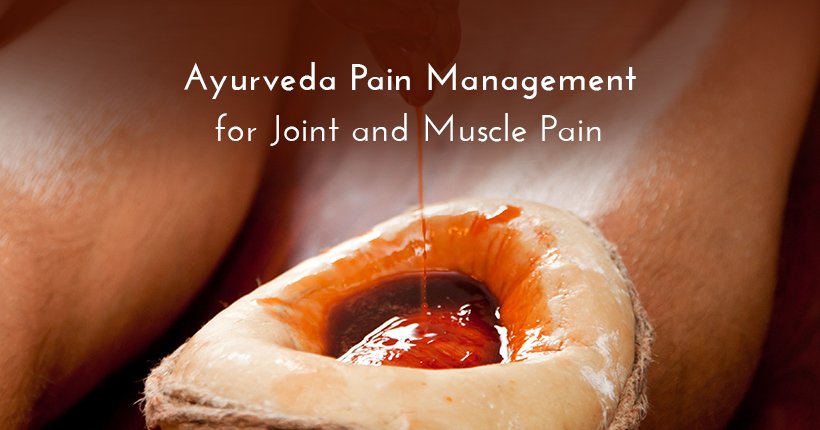In this blog, we will discuss some Ayurveda’s Pain Management therapies for Joint and Muscle Pain. In today’s modern age joint and muscle pain have become a very common health issue. A recent report presented by Global Burden of Disease (GBD), 2019 shows that approximately 1.71 billion people are affected by various types of muscle and joint pain including low back pain, stiff neck, osteoarthritis, rheumatoid arthritis, shoulder pain, back pain, knee pain, heel pain, and so on.
However, with timely diagnosis and proper treatment, we can prevent both joint and muscle pain by keeping the debilitating symptoms at bay. Ayurveda, the ancient Indian traditional medical system offers a wide range of practices to manage joint and muscle pain in the realm of holistic wellness.
Why do Joint and Muscle Pain Occurs?
- Aging
- Imbalance in Vata Levels
- Accumulation of toxins
- Weak or malnourished tissues
- Wear and tear of tissues
- Poor posture
- Degeneration of cartilage
- Lack of exercise
- Sedentary lifestyle
- Vitamin deficiencies
- Injuries
- Inflammation in the joints, muscles, ligaments, or other soft tissues
- Exertion of muscles
- Autoimmune disorders
- Arthritis
- Obesity
Ayurveda Pain Therapy for Joint and Muscle Pain
Joint and muscle pain can occur due to various factors but according to Ayurveda, the imbalance in Vata dosha or accumulation of toxins is primarily responsible for the condition. Here are some pain therapies that help to get relief from persistent pain.
- Abhyanga (Full Body Massage): Abhyanga Massage is an Ayurvedic massage done with herbal oils according to the person’s body type (Prakriti). It helps rejuvenate and strengthen the tissues by providing deep nourishment. Besides improving blood circulation, it also relaxes the tensed muscles and stiff joints.
- Pinda Sweada (Polutice): To improve blood circulation and relieve stiffness and swelling, Pinda Sweda Massage is another significant Ayurvedic pain therapy. It uses different natural materials like fresh herbs, herbal powder, fruits, and other substances that help nourish the bones and muscles. Another effective therapy is Patra Potli Sweda or bolus fomentation which reduces pain and stiffness in the joint and muscles.
- Deep Tissue Abhayanga: Keeping the Ayurvedic principles in mind, Deep Tissue Abhayanga is another technique that encompasses applying firm pressure to release tension from the vital energy points and muscles by using fingers, elbows, and knuckles.
- Ayurvedic Foot Massage (Pada Abhayanga): It is a pain-relieving technique that stimulates the foot’s marma points by applying warm oil to the tired feet and lower legs. It soothes and rejuvenates numb nerves and relieves foot pain.
Conclusion
Besides pain management, Ayurveda also recommends incorporating a few lifestyle changes like consuming healthy foods that pacify the imbalance in dosha and indulging in exercises and meditation. Our trained Ayurveda therapists at the holistic Ayurveda pain clinic, Sevayu, offer multiple therapies like Panchakarma, ayurvedic pain management, stress management, different burnout techniques, and rejuvenation program.

